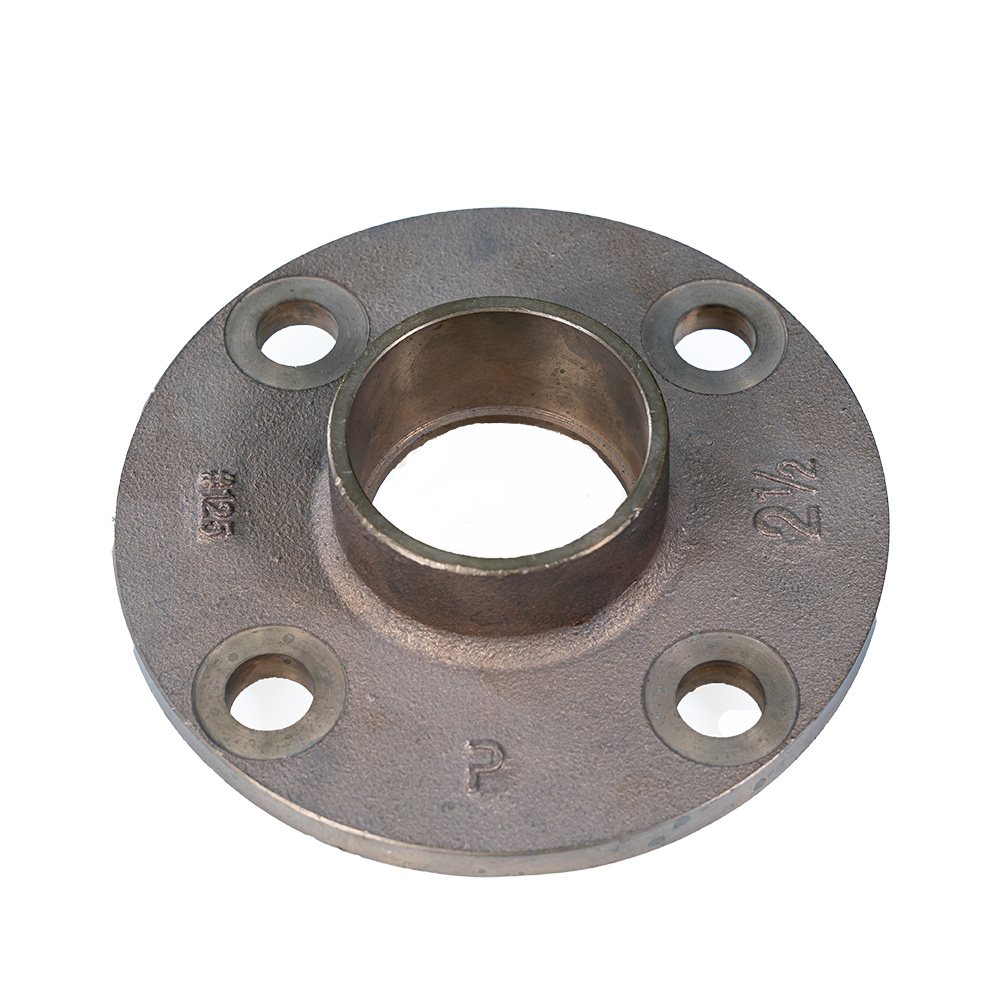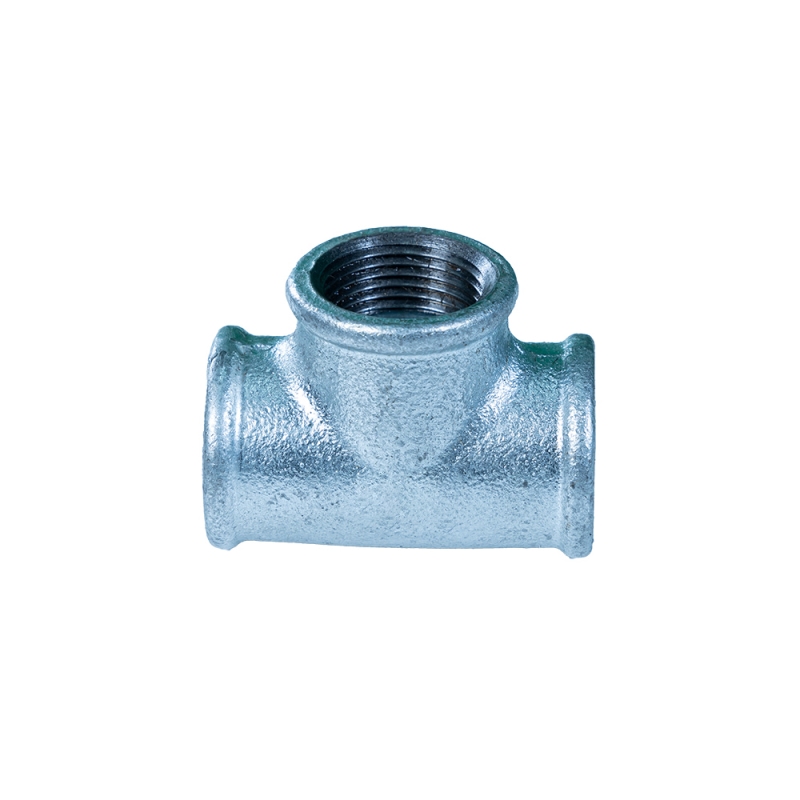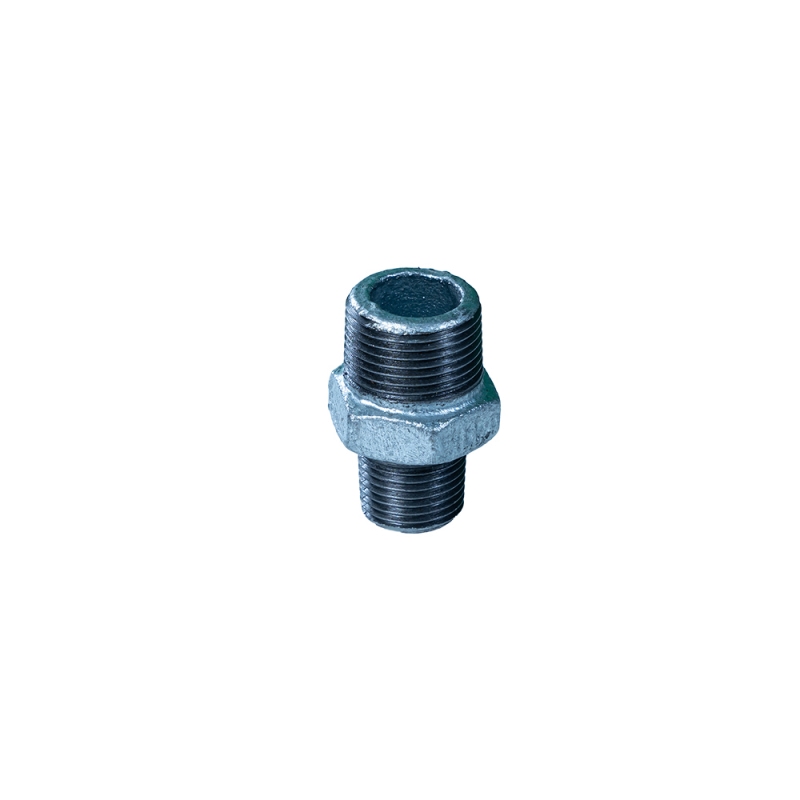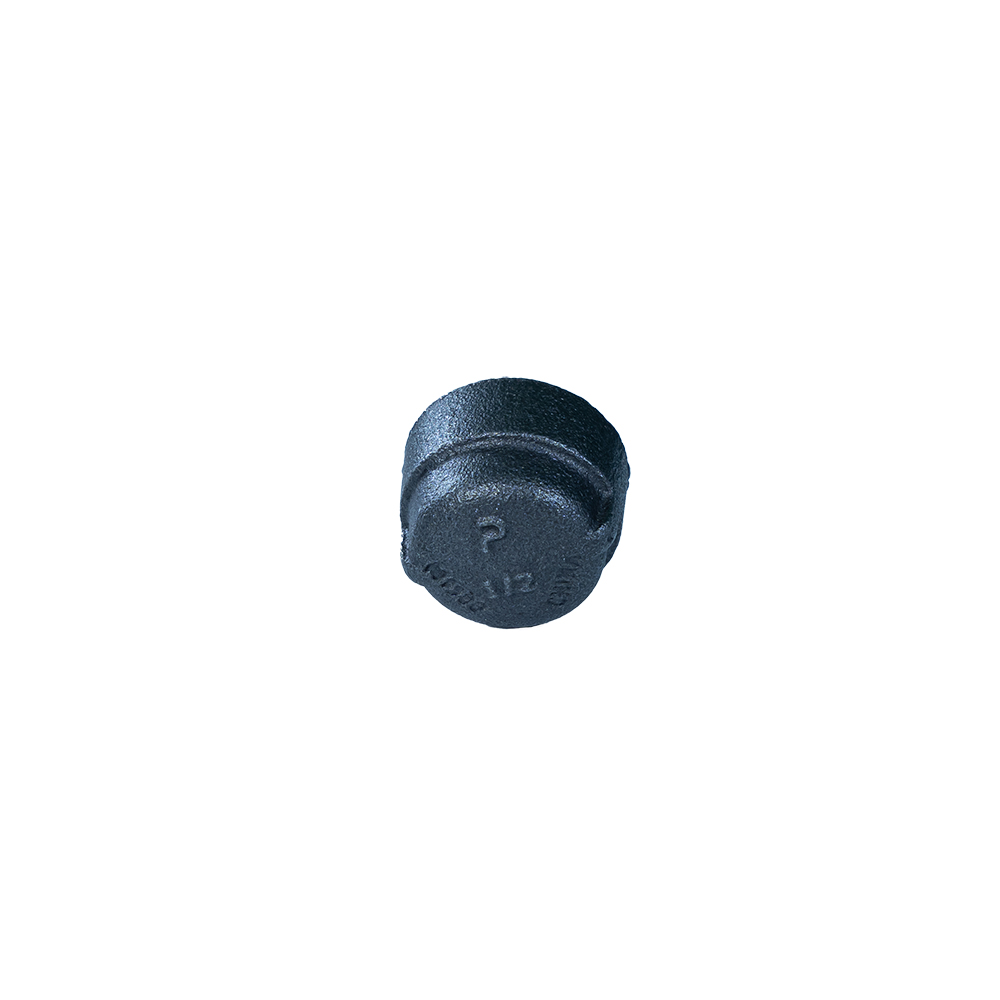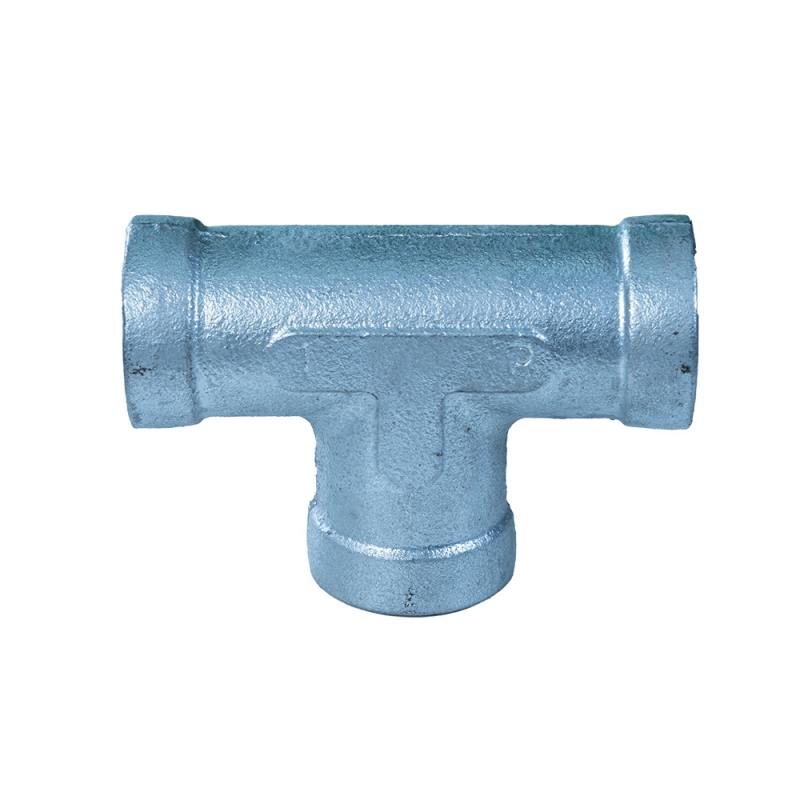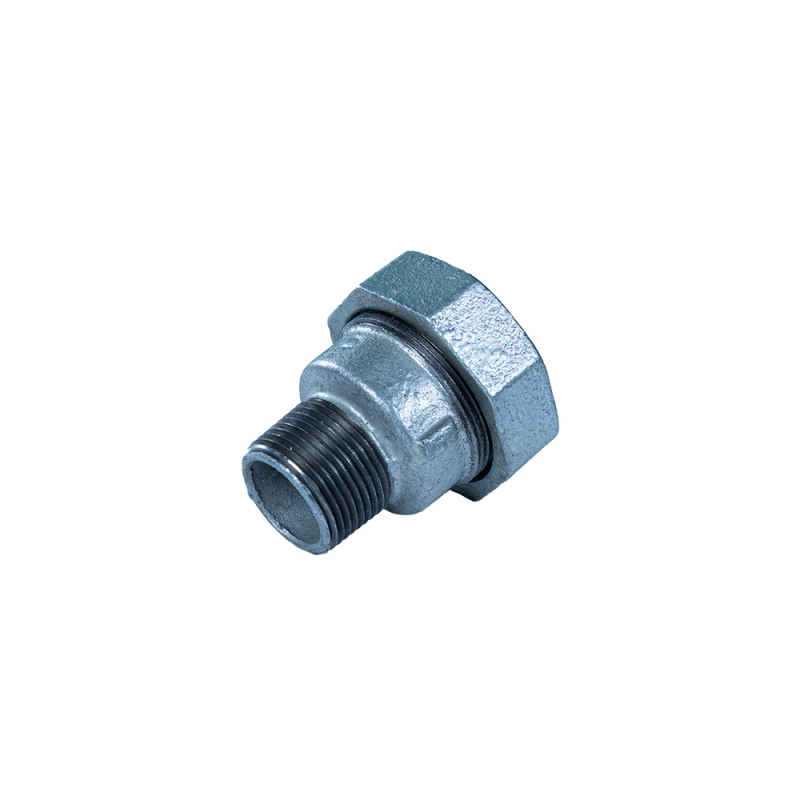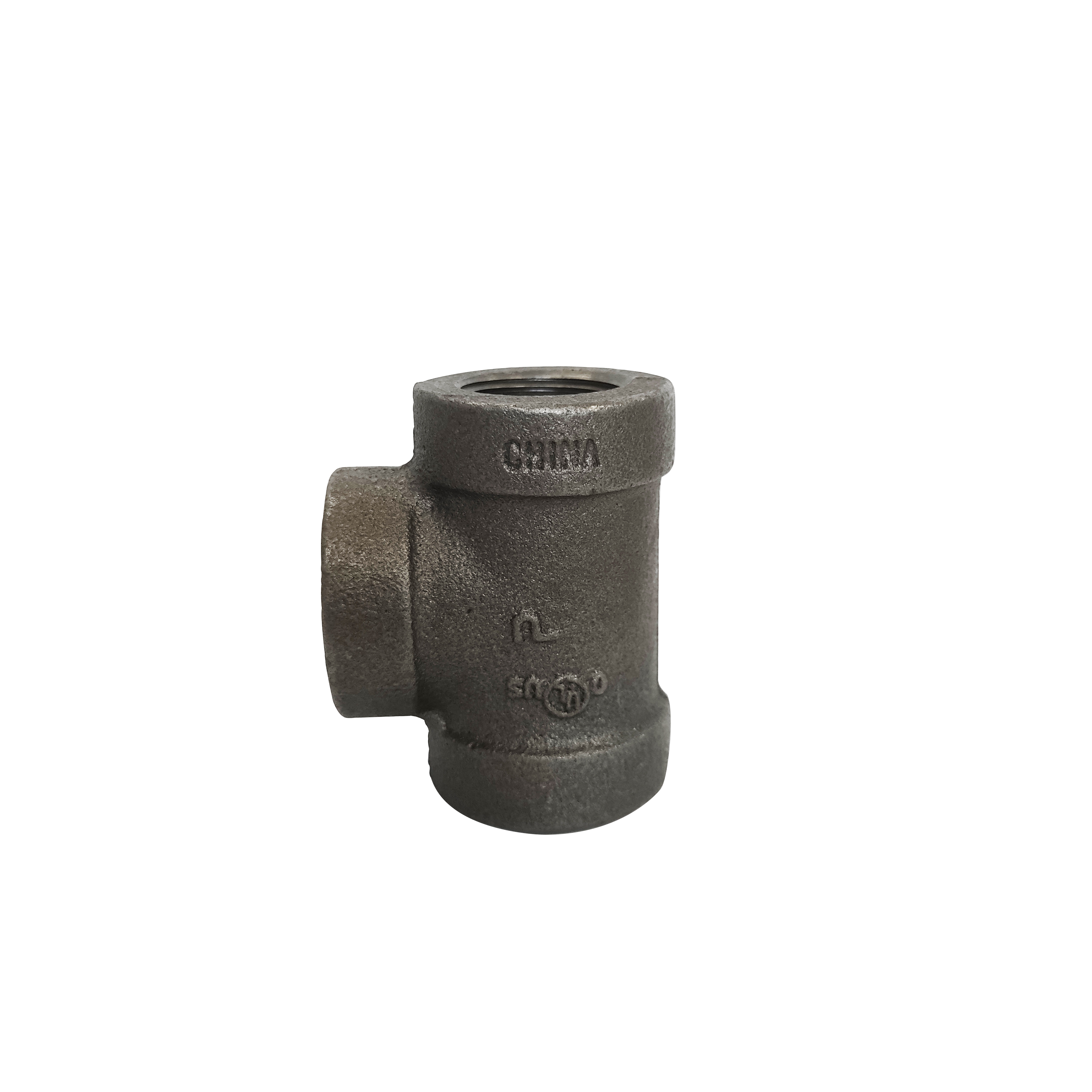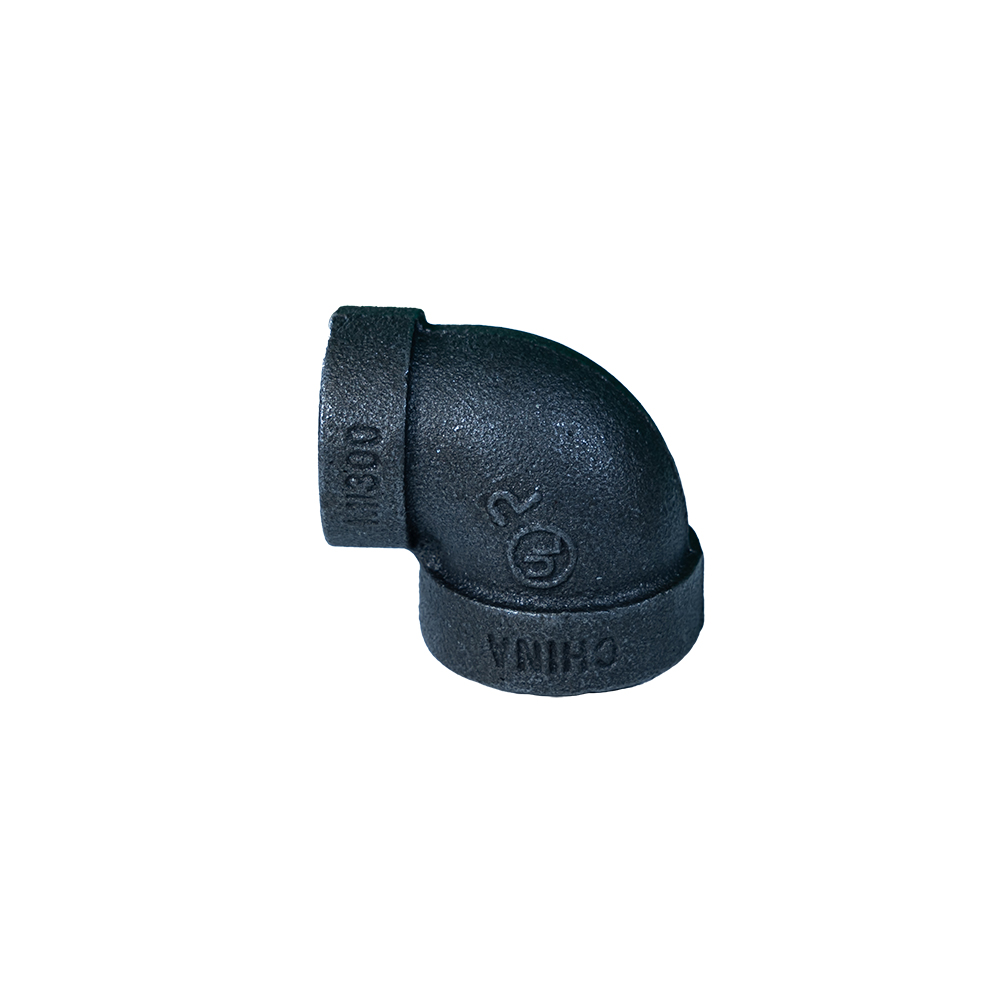In the intricate network of plumbing and piping, a variety of specialized components work in tandem to ensure efficient water flow, reliable connections, and long - term durability. From the threads that hold everything together to the fittings that direct and split the flow, each element plays a vital role. Let’s explore the significance of galv fittings, plumbing fitting, tee pipe fitting, bspt thread fittings، و plumbing elbow in maintaining functional and robust plumbing systems.
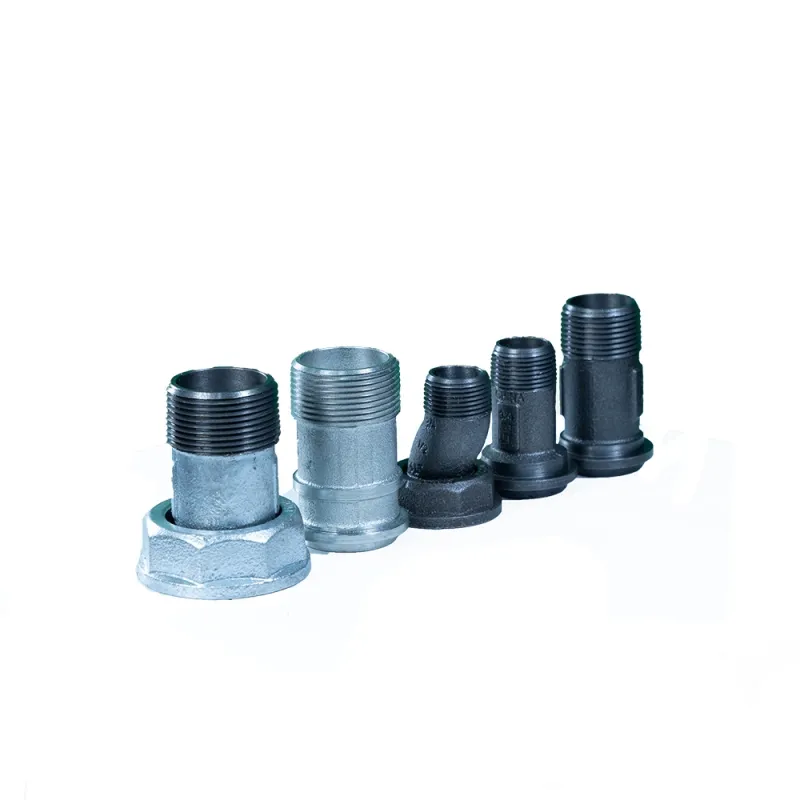
What Makes Galv Fittings a Preferred Choice for Many Installations?
Certain fittings stand out for their resilience and versatility, and galv fittings—short for galvanized fittings—are among them. Galvanized fittings are coated with a layer of zinc, which acts as a shield against corrosion. This protective coating makes them ideal for both indoor and outdoor plumbing applications, where exposure to moisture is common. Whether it’s a residential plumbing project or a commercial setup, galv fittings can withstand the test of time. For instance, in areas with hard water, the zinc coating helps prevent rust and mineral buildup, ensuring that the pipes and connections remain intact over the years. Their ability to resist degradation while providing a secure connection makes them a staple in many plumbing systems.
How Do Plumbing Fittings Ensure a Leak - Free System?
The success of any plumbing system hinges on the quality and functionality of its plumbing fitting. These components come in various shapes, sizes, and materials, each designed for specific purposes. A well - chosen plumbing fitting creates a tight seal between pipes, preventing leaks that can lead to water damage and costly repairs. For example, couplings are used to join two pipes end - to - end, and their design ensures a snug fit, often with the help of gaskets or sealants. Adapters, another type of plumbing fitting, allow for the connection of pipes with different diameters or materials. The precision engineering behind these fittings, along with proper installation, is what maintains the integrity of the plumbing system and keeps water flowing where it’s supposed to.
Why Are Tee Pipe Fittings Essential for Branching Water Flow?
When it’s necessary to split the flow of water in a plumbing system, tee pipe fitting steps in as a crucial solution. Shaped like the letter “T,” these fittings have three openings that enable the redirection of water from a main pipe to one or two secondary pipes. In a household, tee pipe fittings are commonly used to direct water from the main supply line to individual fixtures such as sinks, toilets, and showers. In commercial buildings, they play a role in distributing water to multiple areas or for different uses, like irrigation systems or cooling towers. Their ability to evenly distribute water while maintaining water pressure makes them indispensable for creating a well - organized and efficient plumbing layout.
What Sets Bspt Thread Fittings Apart in Pipe Connections?
Threaded fittings are integral to plumbing, and bspt thread fittings have unique characteristics that make them a popular choice in certain applications. BSPT, or British Standard Pipe Taper, refers to a type of threaded connection where the threads are tapered. This design allows the fittings to form a tight seal as they are tightened, reducing the need for additional sealing compounds in some cases. Bspt thread fittings are often used in systems that require a secure, pressure - resistant connection, such as in industrial piping or gas systems. The tapered threads create a mechanical interference that enhances the seal, ensuring that fluids or gases don’t leak out. Understanding the properties of Bspt thread fittings is key to choosing the right components for specific plumbing and piping needs.
How Do Plumbing Elbows Navigate the Tricky Turns in Pipes?
Changing the direction of pipes is a common requirement in plumbing, and plumbing elbow fittings are designed to handle this task with ease. These fittings come in different angles, with 90 - degree and 45 - degree elbows being the most common. A 90 - degree plumbing elbow creates a sharp turn, which is useful for navigating around obstacles like walls or structural beams. On the other hand, a 45 - degree elbow provides a more gradual turn, reducing turbulence and pressure loss in the water flow. In drainage systems, plumbing elbows ensure that wastewater flows smoothly towards the main sewer line. In water supply lines, they direct water to fixtures located at different angles. The right plumbing elbow not only changes the pipe’s direction but also maintains the efficiency of the entire plumbing system.
Plumbing Components FAQs
Can galv fittings be used in hot water systems?
Galv fittings can generally be used in hot water systems, but there are some considerations. While the galvanized coating offers corrosion resistance, extreme or prolonged exposure to high temperatures can cause the zinc coating to degrade over time. It’s advisable to check the manufacturer’s specifications for the temperature limits of the specific galv fittings. In most standard residential hot water systems, they perform well, but for systems with very high - temperature water, alternative materials might be more suitable.
How do I know if a plumbing fitting is the right size?
To ensure the correct size of a plumbing fitting, measure the outer diameter (OD) or inner diameter (ID) of the pipes you’re connecting. Plumbing fittings are typically labeled with their corresponding pipe sizes. You can also refer to plumbing code standards or use a pipe sizing chart. When in doubt, take a sample of the pipe to a plumbing supply store, and the staff can help you select the appropriate fitting.
Do tee pipe fittings affect water pressure?
Tee pipe fittings can have a minor impact on water pressure, especially if the branches are not of equal size or if the fitting is of poor quality. However, in well - designed systems with properly sized tee pipe fittings, the effect on water pressure is minimal. To maintain optimal pressure, ensure that the tee fitting is compatible with the pipe diameter and that the water flow is evenly distributed among the branches.
Are special tools needed for installing bspt thread fittings?
Installing bspt thread fittings often requires a pipe wrench or an adjustable wrench to tighten the fittings properly. In some cases, a thread - sealing compound or Teflon tape may be needed to enhance the seal. For larger or more stubborn fittings, a pipe vise might be useful to hold the pipe steady during installation. Having these basic tools on hand will make the installation process smoother and ensure a secure connection.
Can plumbing elbows be used for both water supply and drainage?
Yes, plumbing elbows can be used for both water supply and drainage systems. However, it’s important to choose the right type of elbow for each application. For water supply lines, elbows made of materials like copper, PEX, or brass are commonly used. In drainage systems, PVC or cast iron elbows are more typical. Additionally, the angle of the elbow may vary depending on the specific requirements of the system, such as the need for a sharp turn or a more gradual bend.
Post time: أغسطس-18-2025


